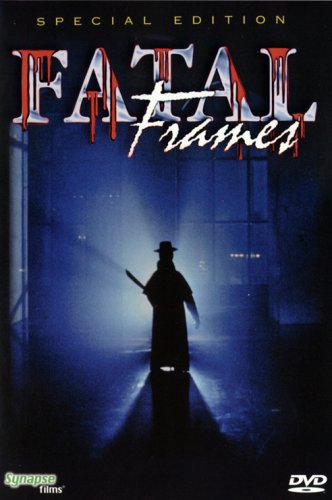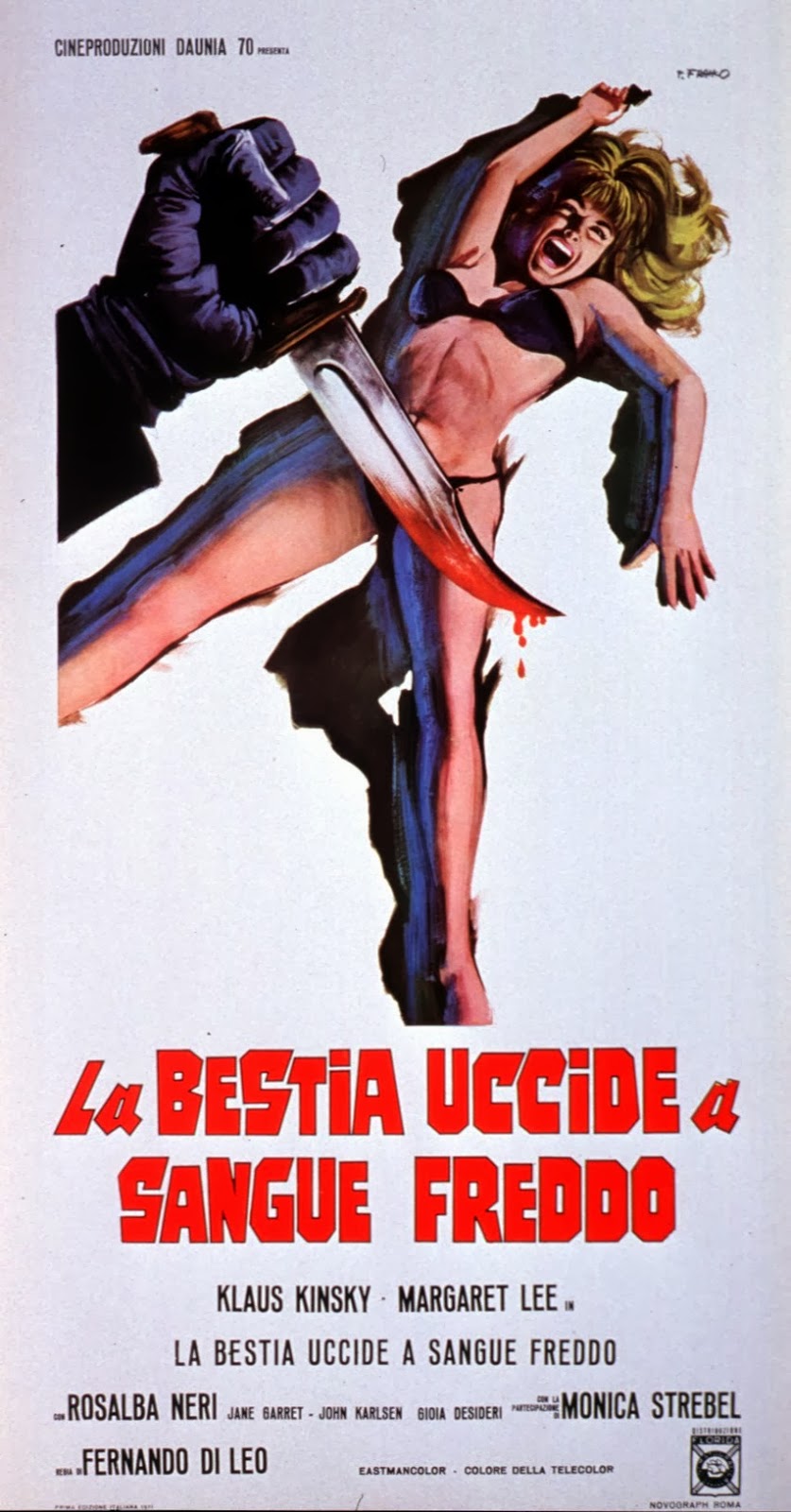Alex, a long-haired music video director, whose wife was one of the victims of a New York serial killer known as the Videotape Killer, accepts a job in Europe to distract himself from his grief (he maintains an unwashed section of carpet in his apartment to preserve his wife's blood stains). Once he arrives in Rome, he hangs out with other long-haired men, and sets about pursuing the local female talent with relish, the distance apparently having a curative effect on the grief. He witnesses two women being murdered at night in an absurdly-empty Rome, although the police can find no physical evidence of the murders. They do, however, receive video tapes depicting the dead women. Is Alex, who was suspected of being the Videotape Killer, up to his old tricks again, or is someone from the past trying to frame him? Fatally?
The film is absurdly long (over 2 hours), and lit from start to finish as if it were a mid-90s music video. The acting is uniformly pretty awful, although you'll have fun watching several big-name genre stars slumming it. The plot, which we'll come back to momentarily, clearly thinks itself ingenious, and worthy of the extended running time, but it's actually pretty damn ridiculous. And then there's Stefania Stella.
The film's 'star' was also its producer, under her real name of Stefania di Giandomenico. Her then-husband, Al Festa was the director. As should be apparent to anyone who's seen the film, Al was primarily a director of music videos. I'm not sure if he had long hair and possessed a penchant for running through Rome at night wearing jeans, but, either way, the film is clearly one of those bizarre passion projects made by deranged people (think a less bizarre and deranged version of The Room) which hold deep meaning to them but just baffle everyone else. Stefania Stella, who seems to be playing herself, is, quite simply, a poor actress. She's not helped by having to act in English (although she seems far more comfortable with the language in the film's commentary than she does in the film itself), nor by having to emote and speak using a face that's frozen in place by terrible plastic surgery. She's also not helped by a massive talent deficit.
Al clearly liked her, though, and she's often framed in lovingly (/cruelly) tight close-up, speaking almost directly into the camera, lit to within an inch of her life. The film also occasionally grinds to a halt for sequences of her being photographed while frolicking in water, throwing what she presumably thought were sultry looks at the camera. She certainly threw herself into the role with gusto, but it's impossible not to compare her to that rich Florence woman who sang really badly and was played by Meryl Streep in that film. If such a film is ever made about Stefania Stella, she should once again play herself.
The plot, which, as I said, considers itself to be incredibly clever and innovative, is actually full of holes and pushes credulity past breaking point. It's been done before, both in gialli and slasher films (I'll refrain from naming spoilery names), and the amount of money required to carry off the convoluted plan at the centre of the plot would be preposterously large (although this may have been a blind spot for the filmmakers, who essentially spent a preposterous amount of money on their own zany scheme).
There are very few suspects offered up by the film, with the characters mostly suspecting Alex of being the Videotape Killer, and the film apparently trying to make the audience suspect Stella. A couple of fringe characters could also be considered suspects, but the film seems to consider the end reveal to be so strong that no real effort has been put into developing red herrings.
Don't let all of this put you off, though. I've never been a proponent of 'so-bad-it's-good' accolades, preferring to approach films with an open mind, and trying to pick through whatever rubble appears on screen to get an idea of the beauteous palace conceived of by the director, the construction of which was denied him by budgetary, time or talent constraints. Fatal Frames may be so-bad-it's-good, but as far as I'm concerned it's bad-but-entertaining, even with the extended running time. The exit scene of Donald Pleasance, who died during filming, gives an idea of what to expect. David Warbeck (another genre veteran, who seems to realise how shit the film is, but is nonetheless determined to provide value for money) takes a call from Pleasance, with a still image of the latter's face fading over the right side of the frame. The bizarre quasi-Pleasance voice with which the actor was dubbed informs Warbeck that he has to return to America for Halloween, as an old case has opened up. We then see an obvious body double, face obscured by creative framing and lighting, hang up a payphone and shuffle away from the camera, as an approximation of the Halloween theme (presumably altered enough to keep the producers safe from litigation) plays.
Imagine two hours of that shit. Or, better still, just watch Fatal Frames. You won't regret it. Probably.


 RSS Feed
RSS Feed
